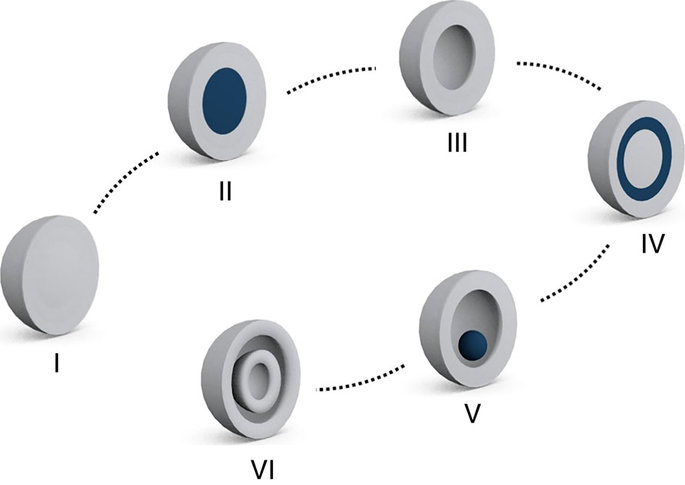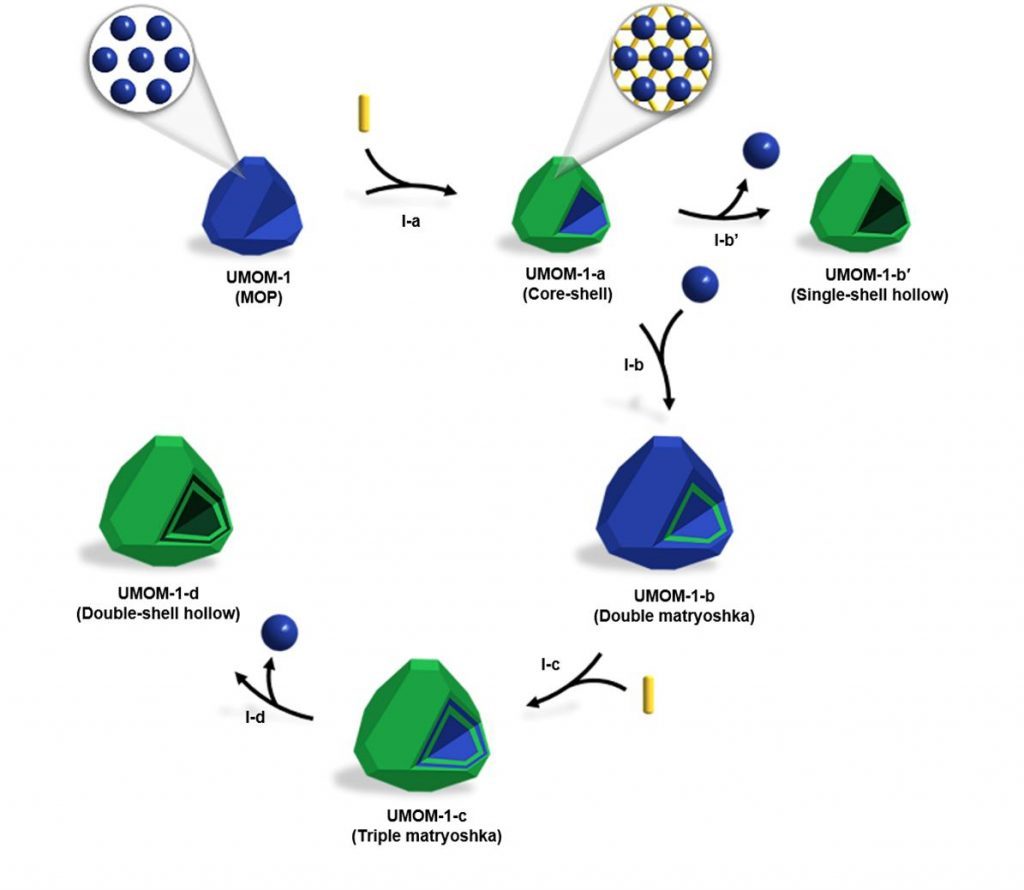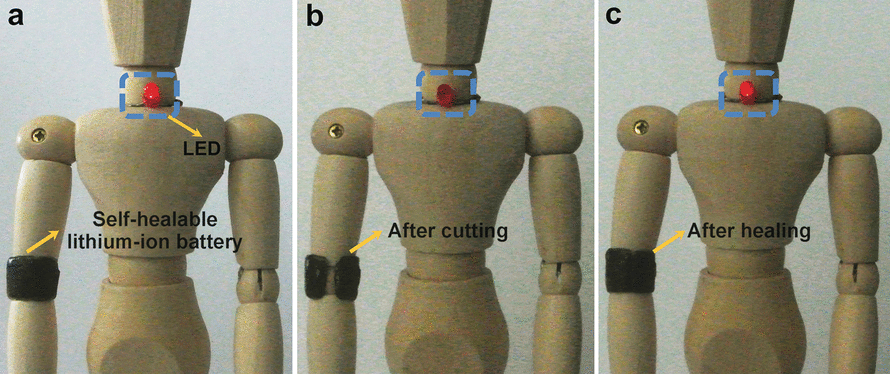Sometime it seems as if scientific research is like a race with everyone competing for first place. As in most sports, there are multiple competitions for various sub-groups but only one important race. The US has held the lead position for decades although always with some anxiety. These days the anxiety is focused on China. A June 15, 2017 news item on ScienceDaily suggests that US dominance is threatened in at least one area of research—the biomedical sector,
American scientific teams still publish significantly more biomedical research discoveries than teams from any other country, a new study shows, and the U.S. still leads the world in research and development expenditures.
But American dominance is slowly shrinking, the analysis finds, as China’s skyrocketing investing on science over the last two decades begins to pay off. Chinese biomedical research teams now rank fourth in the world for total number of new discoveries published in six top-tier journals, and the country spent three-quarters what the U.S. spent on research and development during 2015.
Meanwhile, the analysis shows, scientists from the U.S. and other countries increasingly make discoveries and advancements as part of teams that involve researchers from around the world.
A June 15, 2017 Michigan Medicine University of Michigan news release (also on EurekAlert), which originated the news item, details the research team’s insights,
The last 15 years have ushered in an era of “team science” as research funding in the U.S., Great Britain and other European countries, as well as Canada and Australia, stagnated. The number of authors has also grown over time. For example, in 2000 only two percent of the research papers the new study looked include 21 or more authors — a number that increased to 12.5 percent in 2015.
The new findings, published in JCI Insight by a team of University of Michigan researchers, come at a critical time for the debate over the future of U.S. federal research funding. The study is based on a careful analysis of original research papers published in six top-tier and four mid-tier journals from 2000 to 2015, in addition to data on R&D investment from those same years.
The study builds on other work that has also warned of America’s slipping status in the world of science and medical research, and the resulting impact on the next generation of aspiring scientists.
“It’s time for U.S. policy-makers to reflect and decide whether the year-to-year uncertainty in National Institutes of Health budget and the proposed cuts are in our societal and national best interest,” says Bishr Omary, M.D., Ph.D., senior author of the new data-supported opinion piece and chief scientific officer of Michigan Medicine, U-M’s academic medical center. “If we continue on the path we’re on, it will be harder to maintain our lead and, even more importantly, we could be disenchanting the next generation of bright and passionate biomedical scientists who see a limited future in pursuing a scientist or physician-investigator career.”
The analysis charts South Korea’s entry into the top 10 countries for publications, as well as China’s leap from outside the top 10 in 2000 to fourth place in 2015. They also track the major increases in support for research in South Korea and Singapore since the start of the 21st Century.
Meticulous tracking
First author of the study, U-M informationist Marisa Conte, and Omary co-led a team that looked carefully at the currency of modern science: peer-reviewed basic science and clinical research papers describing new findings, published in journals with long histories of accepting among the world’s most significant discoveries.
They reviewed every issue of six top-tier international journals (JAMA, Lancet, the New England Journal of Medicine, Cell, Nature and Science), and four mid-ranking journals (British Medical Journal, JAMA Internal Medicine, Journal of Cell Science, FASEB Journal), chosen to represent the clinical and basic science aspects of research.
The analysis included only papers that reported new results from basic research experiments, translational studies, clinical trials, metanalyses, and studies of disease outcomes. Author affiliations for corresponding authors and all other authors were recorded by country.
The rise in global cooperation is striking. In 2000, 25 percent of papers in the six top-tier journals were by teams that included researchers from at least two countries. In 2015, that figure was closer to 50 percent. The increasing need for multidisciplinary approaches to make major advances, coupled with the advances of Internet-based collaboration tools, likely have something to do with this, Omary says.
The authors, who also include Santiago Schnell, Ph.D. and Jing Liu, Ph.D., note that part of their group’s interest in doing the study sprang from their hypothesis that a flat NIH budget is likely to have negative consequences but they wanted to gather data to test their hypothesis.
They also observed what appears to be an increasing number of Chinese-born scientists who had trained in the U.S. going back to China after their training, where once most of them would have sought to stay in the U.S. In addition, Singapore has been able to recruit several top notch U.S. and other international scientists due to their marked increase in R&D investments.
The same trends appear to be happening in Great Britain, Australia, Canada, France, Germany and other countries the authors studied – where research investing has stayed consistent when measured as a percentage of the U.S. total over the last 15 years.
The authors note that their study is based on data up to 2015, and that in the current 2017 federal fiscal year, funding for NIH has increased thanks to bipartisan Congressional appropriations. The NIH contributes to most of the federal support for medical and basic biomedical research in the U.S. But discussion of cuts to research funding that hinders many federal agencies is in the air during the current debates for the 2018 budget. Meanwhile, the Chinese R&D spending is projected to surpass the U.S. total by 2022.
“Our analysis, albeit limited to a small number of representative journals, supports the importance of financial investment in research,” Omary says. “I would still strongly encourage any child interested in science to pursue their dream and passion, but I hope that our current and future investment in NIH and other federal research support agencies will rise above any branch of government to help our next generation reach their potential and dreams.”
Here’s a link to and a citation for the paper,
Globalization and changing trends of biomedical research output by Marisa L. Conte, Jing Liu, Santiago Schnell, and M. Bishr Omary. JCI Insight. 2017;2(12):e95206 doi:10.1172/jci.insight.95206 Volume 2, Issue 12 (June 15, 2017)
Copyright © 2017, American Society for Clinical Investigation
This paper is open access.
The notion of a race and looking back to see who, if anyone, is gaining on you reminded me of a local piece of sports lore, the Roger Banister-John Landy ‘Miracle Mile’. In the run up to the 1954 Commonwealth Games held in Vancouver, Canada, two runners were known to have broken the 4-minute mile limit (previously thought to have been impossible) and this meeting was considered an historic meeting. Here’s more from the miraclemile1954.com website,
On August 7, 1954 during the British Empire and Commonwealth Games in Vancouver, B.C., England’s Roger Bannister and Australian John Landy met for the first time in the one mile run at the newly constructed Empire Stadium.
Both men had broken the four minute barrier previously that year. Bannister was the first to break the mark with a time of 3:59.4 on May 6th in Oxford, England. Subsequently, on June 21st in Turku, Finland, John Landy became the new record holder with an official time of 3:58.
The world watched eagerly as both men approached the starting blocks. As 35,000 enthusiastic fans looked on, no one knew what would take place on that historic day.
Promoted as “The Mile of the Century”, it would later be known as the “Miracle Mile”.
With only 90 yards to go in one of the world’s most memorable races, John Landy glanced over his left shoulder to check his opponent’s position. At that instant Bannister streaked by him to victory in a Commonwealth record time of 3:58.8. Landy’s second place finish in 3:59.6 marked the first time the four minute mile had been broken by two men in the same race.
The website hosts an image of the moment memorialized in bronze when Landy looks to his left as Banister passes him on his right,

By Statue: Jack HarmanPhoto: Paul Joseph from vancouver, bc, canada – roger bannister running the four minute mileUploaded by Skeezix1000, CC BY 2.0, https://commons.wikimedia.org/w/index.php?curid=9801121
Getting back to science, I wonder if some day we’ll stop thinking of it as a race where, inevitably, there’s one winner and everyone else loses and find a new metaphor.



